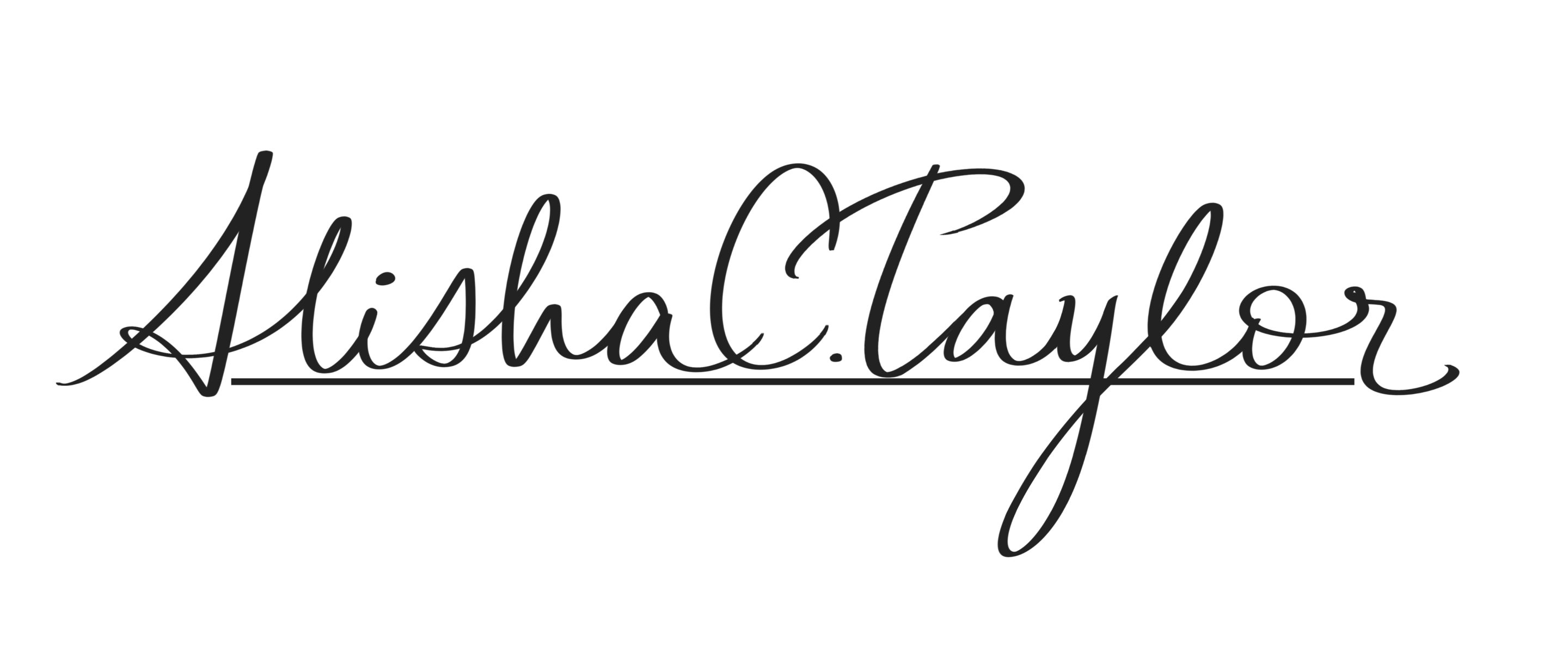Changing careers doesn’t mean costly or time-consuming degrees or training. You can make a career change at any age using online training and demonstrating your leverageable skills.
Thinking of making the leap to a new career? It’s never been easier to make the jump in today’s hot job market. Without investing in costly or time-consuming training, you can be on your way to a brand new career in 30 days with these three easy steps.
Step 1: Start Before You’re (Resume) Ready – 5 Days
Research your prospective career. Does this career require degrees, training or certifications, or are these just nice to have? In a tight labor market, you will find that these are usually “soft” requirements. Compare your research to actual job postings and descriptions, and set up job alerts in your target location. Create job alerts in high volume markets with an even smaller candidate pool—even if you don’t plan to relocate, this will give you insights into changing job requirements and trends.
Research and consult your network, and ask for introductions to others who can speak with you more about your desired field. If you’re using LinkedIn, confirm your privacy settings are set to your desired level. You may want to browse anonymously, or purposefully leave your browsing visible so more people will see your activity and view your profile in return.
If your network is small, start attending events and reach out to alumni and even casual encounters to ask for leads—people love to help! Just be sure to continue cultivating those connections even when you’ve found your new dream job. Find a contact who will be able to connect you to the position (or company) that you want to work for, and set up a meeting to learn about successful traits and skills of new hires, and what the hiring manager prioritizes and is looking for. Ask for opportunities to job shadow, or volunteer to “test drive” the career before committing to taking the leap.
A trusted recruiter can also be a wealth of information about trends and an invaluable aid in assessing your skills and resume (after you’ve specifically tailored it to your new career).
Step 2: Bridge the Gap – 10 days
When reading current job postings, look for skills that you could leverage. Are you a “self-starter”? “Organized”? A “quick learner”? Do you have experience balancing budgets, coding, or managing events? Did you serve in volunteer leadership roles or in bubble assignments that you could highlight on your resume?
If there are skills that you need in your new career, look for online courses or volunteer opportunities to bridge the gap. Sites such as Udemy and Coursera have affordable (and bingeable!) options to learn anything from programs to communication, to highly technical skills in a short amount of time. Local professional organizations and nonprofits are also an opportunity to volunteer and learn new skills such as managing social media accounts, leadership, creating content, or helping with an audit.
Step 3: Nail Your Cover Letter and Resume Package – 5 days
Hiring managers seek help to solve their workload problem, but their final decisions are made based on secondary, or external problems. Problems and questions such as, “Will this person work hard and come up to speed quickly?” or, “Is this person committed for the long term?” and, “Will this person be a pleasant employee?” are always concerns of hiring managers. Your cover letter is your opportunity to counter their reasons not to hire you, using specific examples of positions and roles where you’ve demonstrated these skills and achieved results. After highlighting your results and addressing concerns in the cover letter, summarize why you’re confident that these results will set you up for success in your transition to a new career.
Look for specific characteristics, terms, keywords, and programs in job postings that you can leverage, and tailor your resume (and online presence) accordingly. Take the extra step to ensure your resume and online information are aligned, including any in-progress training, keywords, action verbs, results, and accomplishments that will highlight your ability to perform well in your new career.
If you’re committed to this specific position, include references on your resume (or name-drop on the cover letter!) so that human resources and the hiring manager have social proof to make the decision to contact you. Extra points if you add a common network connection as one of the references.
Consult your network and arrange for someone to deliver your tailored cover letter, resume, and references package directly to the hiring manager.
Congratulations! You’re ready to make the career change you’ve always wanted—just ten more days for interviews. It’s easy to be discouraged from making the career change you’ve always wanted by stringent job requirements, but with a little effort and a lot of gumption you can bridge the gap and demonstrate your leverageable skills. Requirements are often fluid, especially if you show them the right candidate—you!


